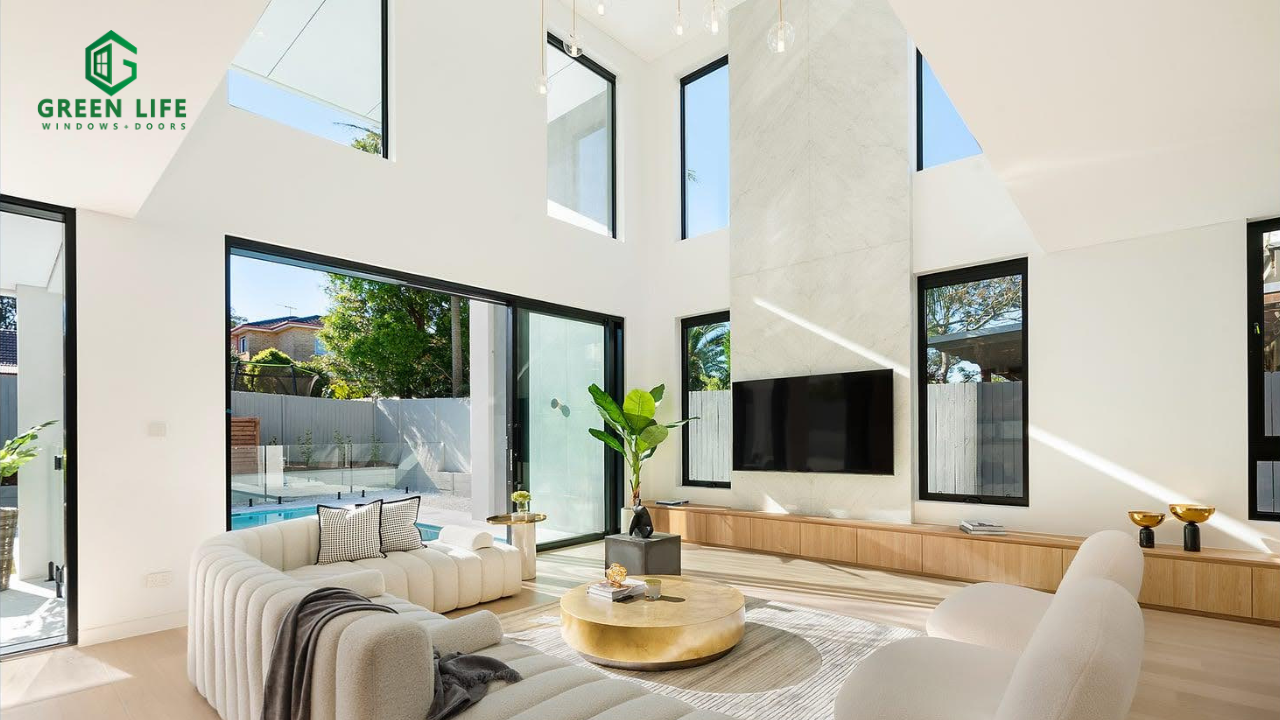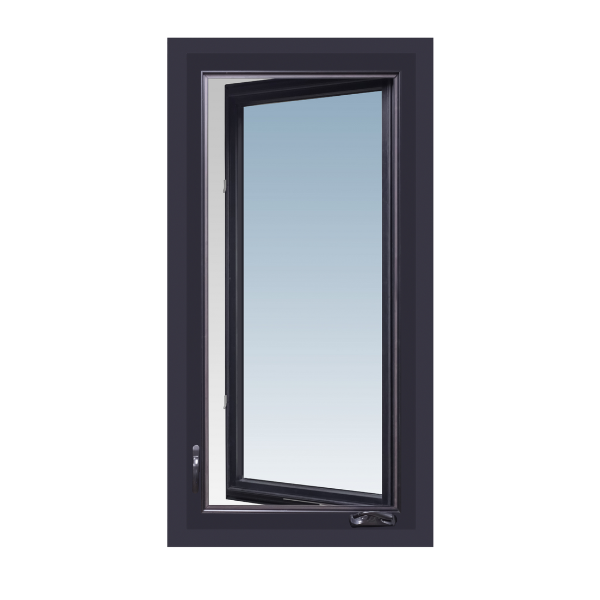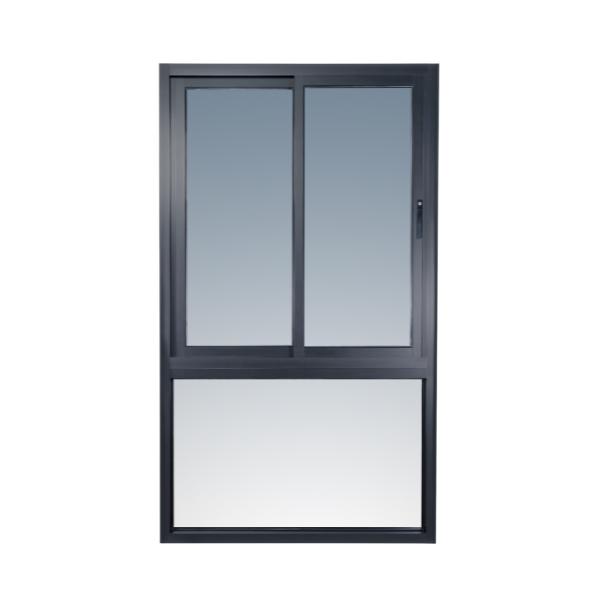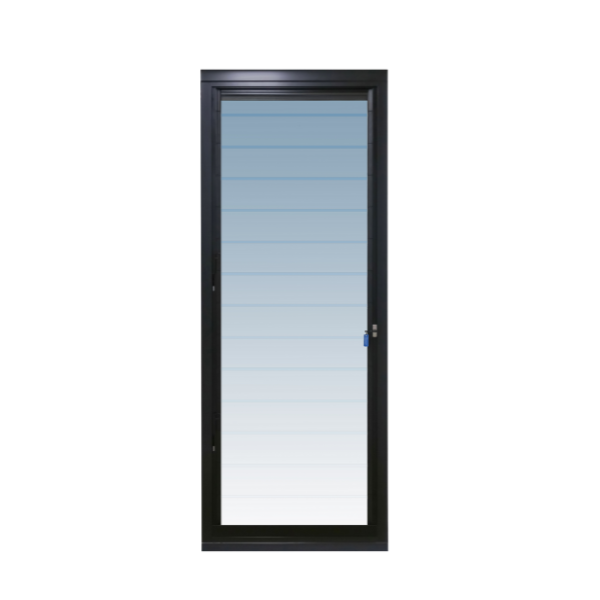Standard Window Sizes in Australia — A Practical Guide for Builders & Homeowners

Introduction
Choosing the right window sizes affects light, airflow and the overall look of a building. Whether you are renovating a house or planning a new commercial fit-out, knowing standard window sizes in Australia helps speed up design and reduce unexpected costs. This guide explains common window types and their typical dimensions in simple language.
Common Window Types & Typical Sizes
Below are common window types used across Australian homes and small commercial projects, with typical width and height ranges. These are general industry ranges — final sizes depend on design, building codes and site conditions.
Typical width: 600mm – 1500mm
Typical height: 600mm – 1800mm

Typical width: 600mm – 900mm
Typical height: 1200mm – 1800mm

Typical width: 900mm – 1800mm
Typical height: 600mm – 1200mm

Typical width: 900mm – 1800mm
Typical height: 1200mm – 2100mm

Typical width: 850mm – 1000mm
Typical height: 400mm – 3000mm

How to Choose the Right Size?
Pick window sizes based on room function, desired daylight, ventilation needs and external views. Larger windows increase natural light but may need better glazing to control heat loss or gain. For bedrooms and bathrooms, balance privacy with light — consider higher sill heights or frosted glass. Also check local building rules and energy requirements when finalising sizes.
Performance & Energy Efficiency Tips
To make windows perform well in Australia’s varied climate:
Use quality aluminium windows with proper thermal breaks to reduce heat transfer.
Choose double glazing for living areas to improve insulation and cut noise.
Consider ventilation-friendly types (awing/casement) where airflow is important.
Practical Examples
A small bathroom may use a 600×900mm awning window for privacy and rain protection. A living room facing a nice view could have 1800×1200mm sliding windows to frame the scenery and bring in light. Always confirm structural openings with your builder.
Final Notes & Call to Action
Standard window sizes in Australia give a helpful starting point, but every project is different. If you need precise measurements, aluminium window options, or a custom quote for supply and installation, our team can help—fast and professionally. Contact us today for a free quote tailored to your project.

.png)
.png)

.svg)
